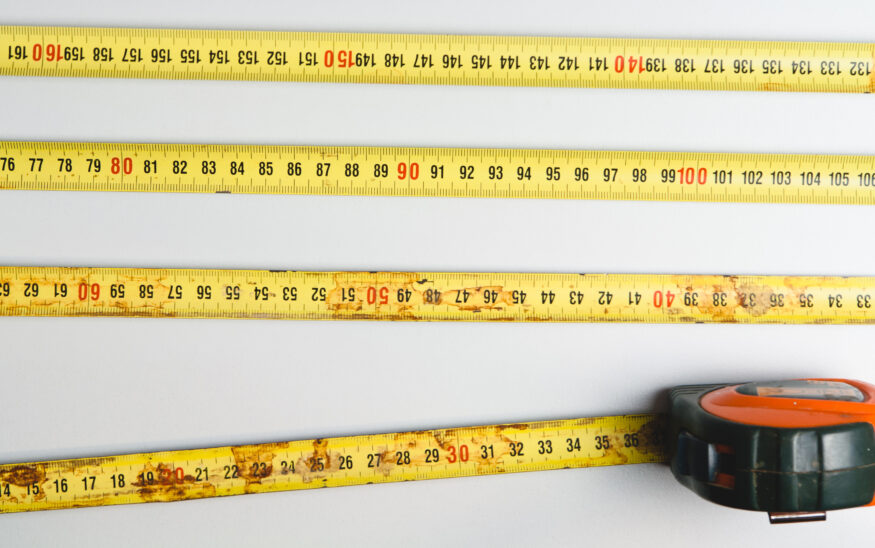

Home safety: A growing crisis
An issue for the building industry
Erik Listou //July 27, 2015//
Current and past building codes combined with existing design principles and methodologies have not adequately addressed private home safety. Safety in public spaces, not private homes, has been increased though legislative requirements such as those identified in the American’s with Disability Act (ADA). However, even those prescribed requirements are not thorough enough to allow for maximum personal safety in our homes.
Recent emphasis in the home industry has been directed towards “aging-in-place” and “universal design.” While these efforts have provided significant awareness and some degree of actual improvements, they have inherent blocks to the wholesale improvement of home safety.
The first block to the success of those programs is the relative narrowness of focus. The primary emphasis of aging-in-place is older adults and individuals with disabilities. The marketing disadvantage is that we, as humans, tend to deny our own mortality and equate aging with failure, therefore programs that begin with the word “aging” are often shunned. Universal design is sound in the principles it espouses, but most homeowners are passionate about their privacy and home individuality, so “universal” ideas are quickly misunderstood and also shunned. In the realm of education about these two principles, aging-in-place is the focus of a program created by the National Association of Home Builders (NAHB) and the American Association for Retired Persons (AARP) and universal design is taught through several programs. However, because of the reasons noted above, the success of these programs has faltered.
Home safety is not just for older adults and individuals with physical or cognitive challenges. Everyone is at risk without safely designed and built home environments. However, because of the unprecedented increase and goals of the older population, home safety has become a national crisis in both human and financial terms.
Supporting this position are the following quotations from leading community voices:
- The AARP provides statistical data that “Nearly 90 percent of seniors want to stay in their own homes as they age.”
- The ARC cautions that, “The quality of a community’s housing stock must be renewed periodically through maintenance, modification and/or reconstruction.”
- The US Center for Disease Control CDC purports that, “We want a society where older adults can live safe, healthy and independent lives.”
Exacerbating our home safety crisis is the cost in both human tragedy and cost of care. One example is hip fractures:
- Annually, there are at least 258,000 hospital admissions for hip fractures among people aged 65 and older.
- More than 95 percent of hip fractures are caused by falling, most often by falling sideways onto the hip.
- In 2013, the total direct medical costs of fall injuries for people 65 and older, adjusted for inflation, was $34 billion.
- It is estimated that the cost of falls will increase to almost $70 billion by 2020, a 50 percent rise in 7 years.
The existing lack of home safe design and features combined with increased demographics in at-risk populations and anticipated lack of resources for after accident care has created a national home safety and economic crisis.
More needs to be done to address our national home safety crisis. The emphasis needs to be on safety throughout the home itself, instead of just for the specific needs of the individuals currently living in their home. Recognizing that most homes will outlast their occupants by many generations, attention must be directed to items that will provide optimum home safety now and for generations to come.
Fortunately, training programs for medical, home design, construction and home inspection professionals have been designed – by organizations such as ours — for those influencers who are directly responsible for housing and those who provide care and services to homeowners.
Positive impact will be realized throughout key housing and related industries as these programs provide education and awareness directed towards improving home safety.






















